Dangerously Beautiful Poison Ivy on your way to School in New Providence
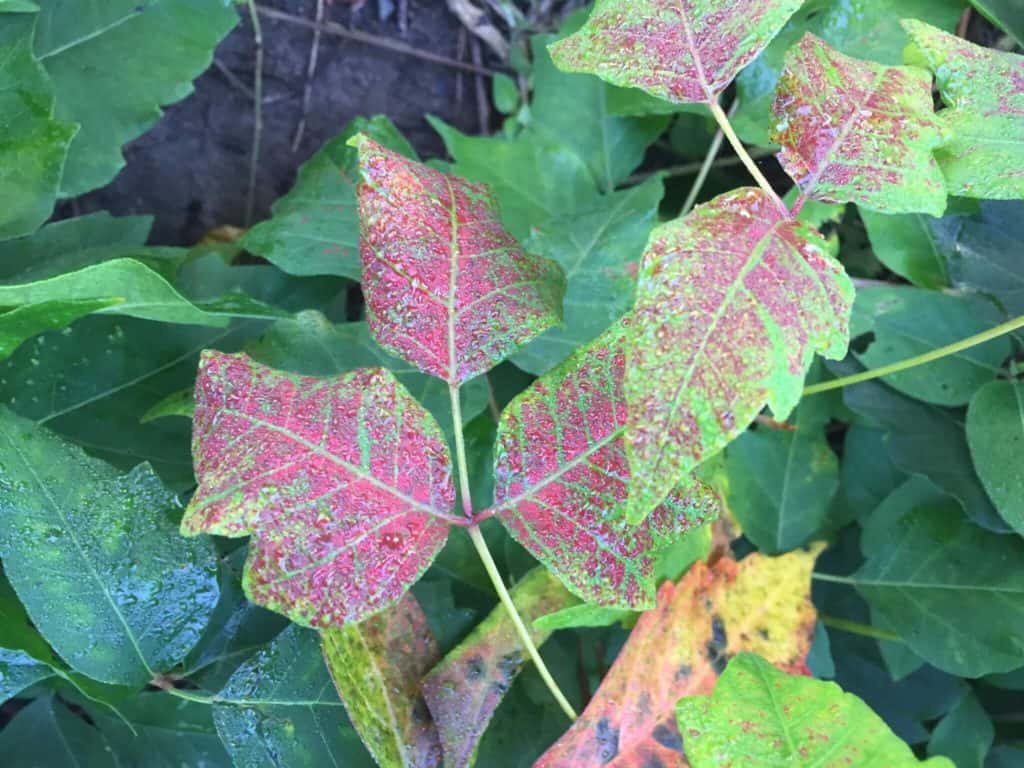
In fall Poison Ivy leaves turn red
What is Poison Ivy?
Plant poison is very common with one plant, Poison ivy. Poison ivy is a very common plant in the woods. You can identify it by seeing that it has three leaves. Often the bottom edge of the lower two leaves look like mittens to people. When it grows vertically (like on a tree) the plant sends out roots from the thicker vines. These vines look like hairy ropes.
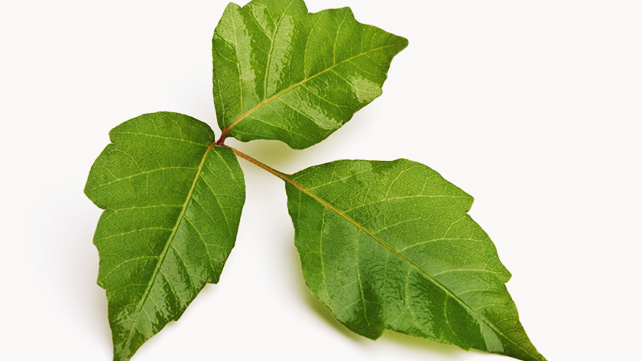
Picture of poison ivy
How to remember what it is
There are sayings that will help you remember what poison ivy is. The first one is “three leaves, let them be.” The second one is “hairy rope, don’t be a dope.” In winter the thicker, heavier, “hairy” vines are the easiest way to identify the plant.
What does it look like if it touches your skin?
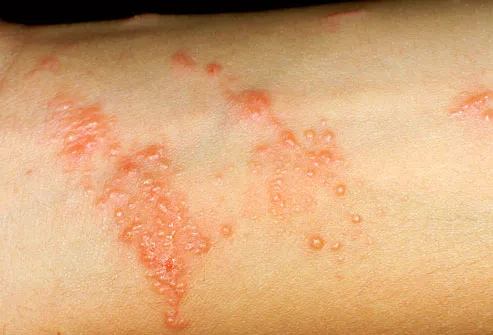
Rash caused by poison ivy, courtesy of WebMD
Many people often develop and allergy reaction to poison ivy. They get rashes over the spot that touched the plant. The rashes can develop in twenty-four to seventy-two hours. They have raised bumps on the skin from where you touched poison ivy.
Tips you can use:
- Don’t ever burn it because it lets out chemicals that can affect your eyes, lungs, nose, and your skin.
- If you work with these plants, be sure to wash your items with soap and lukewarm water ASAP, this will prevent rashes if you came into contact without knowing.
- They can have different forms. The berries are white, they grow in clumps called drupe.
- They produce flowers too. The flowers are either green or white. They look like little stars and some of their petals droop down over the sides.
- They have a sticky, long lasting oil, urushiol. It stays on your skin when you come in contact with the plant.
- Jewelweed is a natural antidote that can help you cure your poison ivy problem. It will often grow near the poison ivy and if you come in contact with the plants, it is your antidote.
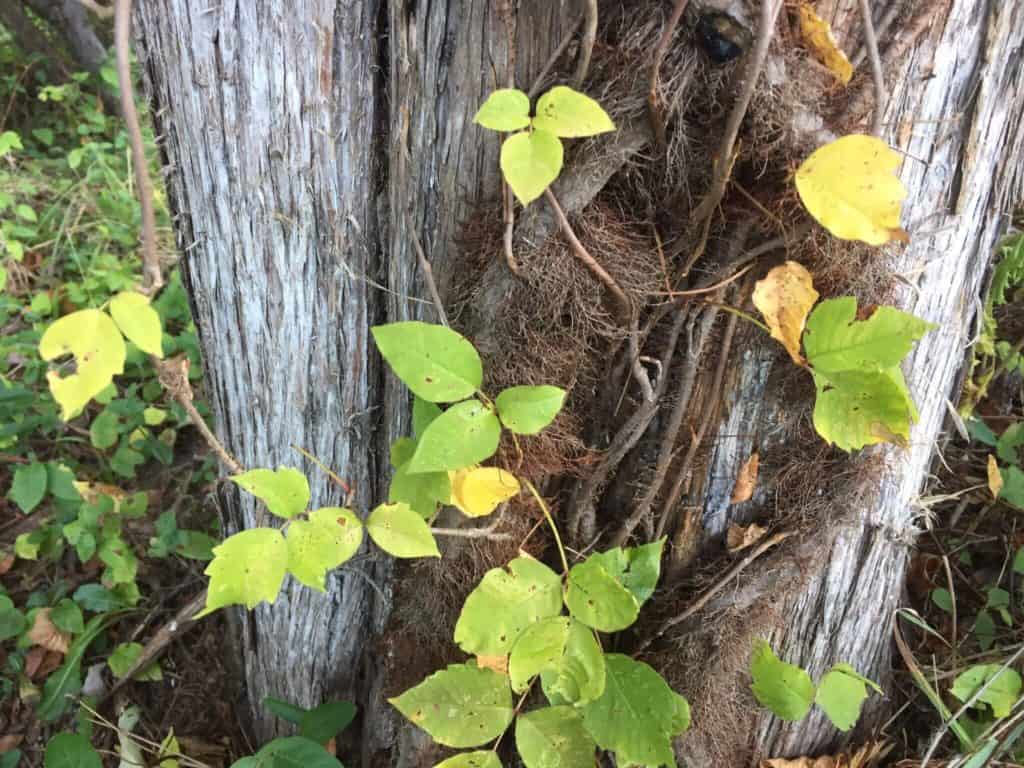
Larger Poison Ivy vines look like a hairy rope when they grow vertically
Identifying the leaves
Furthermore, poison ivy leaves can change throughout the seasons:
Spring: The leaves can vary thorough different shades of red to orange.
Summer: The leaves are green.
Fall: The poison ivy leaves are red, orange, or yellow.
Winter: There aren’t any leaves because they fall off during fall.
There are different places that poison ivy favors, varying from partial to full sun. Leaf shape and color vary with site
and variety.
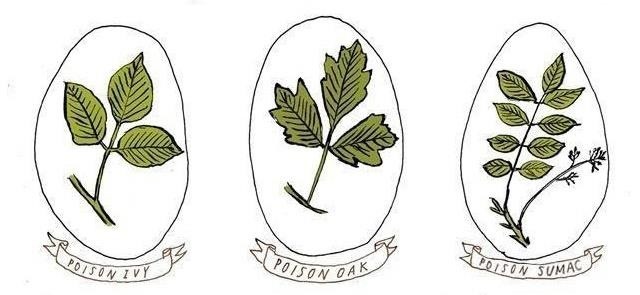 Our local poisonous local plants are primarily poison ivy, poison oak and poison sumac.
Our local poisonous local plants are primarily poison ivy, poison oak and poison sumac.
Want to see more poison ivy and poison oak pictures so you are more confident identifying it? Try PoisonIvy.org. They also have removal services by state, DIY advice, pictures of rashes, and much more.
Here in New Jersey we have Eastern Poison Ivy, Western Poison Ivy, Atlantic Poison Oak, and Poison Sumac. It can grow on the ground, as a vine, or a shrub. It looks very different with each season. One plant can have leaves that look quite different.
Sources:
http://www.webmd.com/allergies/ss/slideshow-poison-plants
http://www.medicinenet.com/poison_ivy_oak_and_sumac/article.htm
For more about Safe Routes to School in New Providence, see our School Travel Plan

1 Response
[…] very large colonies might be 100 years old. While you’re looking for Mayapples look out for Dangerously Beautiful Poison Ivy on your way to School in New Providence. Find out more about our Safe Routes to Allen W. Roberts and New Providence Middle […]